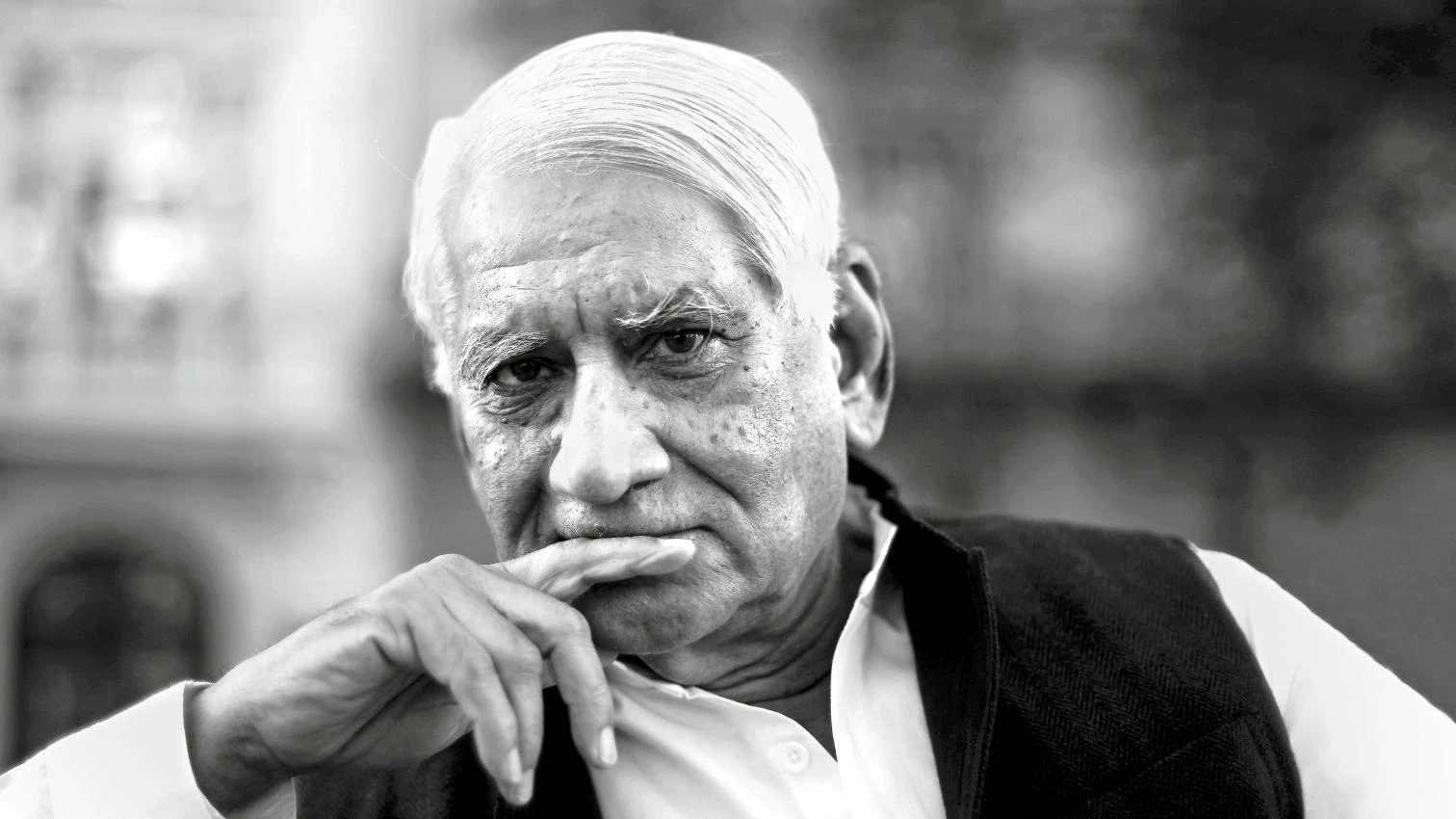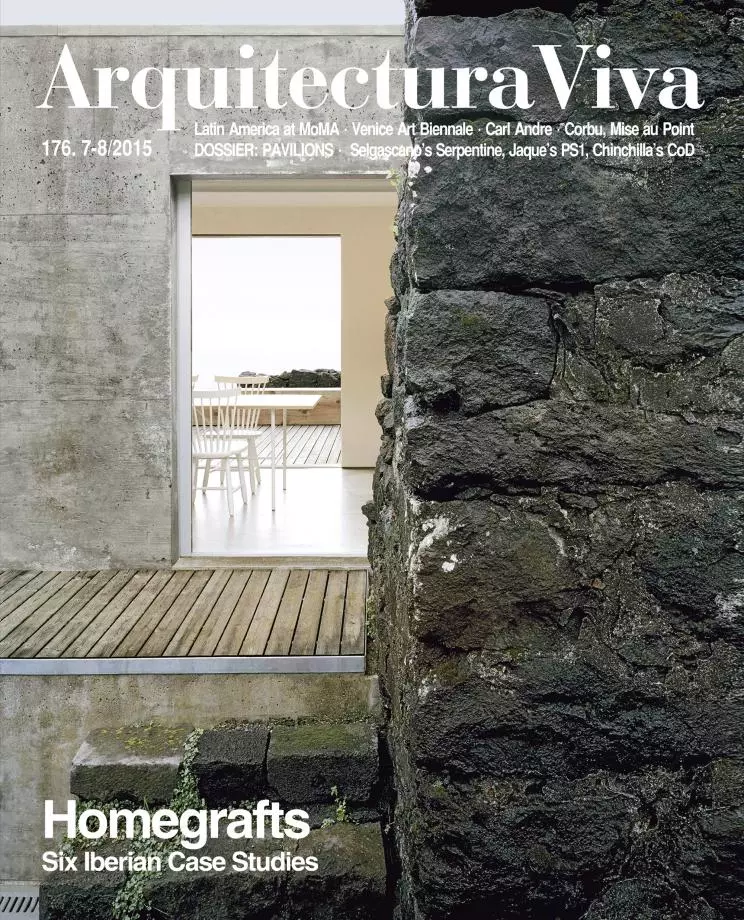
India’s master of modern architecture, Charles Correa, passed away on 16 June. He was 84 years old. Son of an affluent couple from Goa (which explains his Portuguese surname), Correa had an early calling for architecture (which he associated with his model train sets). It led him to the University of Bombay and the University of Michigan at Ann Arbor, and finally to the Massachusetts Institute of Technology, where he finished his postgraduate studies in 1955. He set up a practice in Bombay in 1958. With one foot in the West and the other in India, Correa managed to mix the best of both traditions in an architecture that was contemporary while rooted in vernacular typology and construction. This was discernible early on, in the first of his great works, the memorial to one of his heroes, Mahatma Gandhi (1963), built with bricks and slanting roofs, and structured around courtyards to stimulate natural ventilation. In this work Correa found the seeds for a language of his very own, and the prospect of a kind of architecture that was firmly anchored to tradition while being abstract; an approach he would keep developing in later works, including the exceptional Kanchanjunga Apartments tower in Bombay (now Mumbai), rising 85 meters and with the units arranged on different levels so that they can benefit from cross ventilation. Aside from building iconic works, Correa committed himself to addressing urban problems and to low-cost construction, although this endeavor of his was not very successful. Acknowledged in his country and abroad, he received the RIBA Gold Medal in 1984 and the Praemium Imperiale in 1998.





